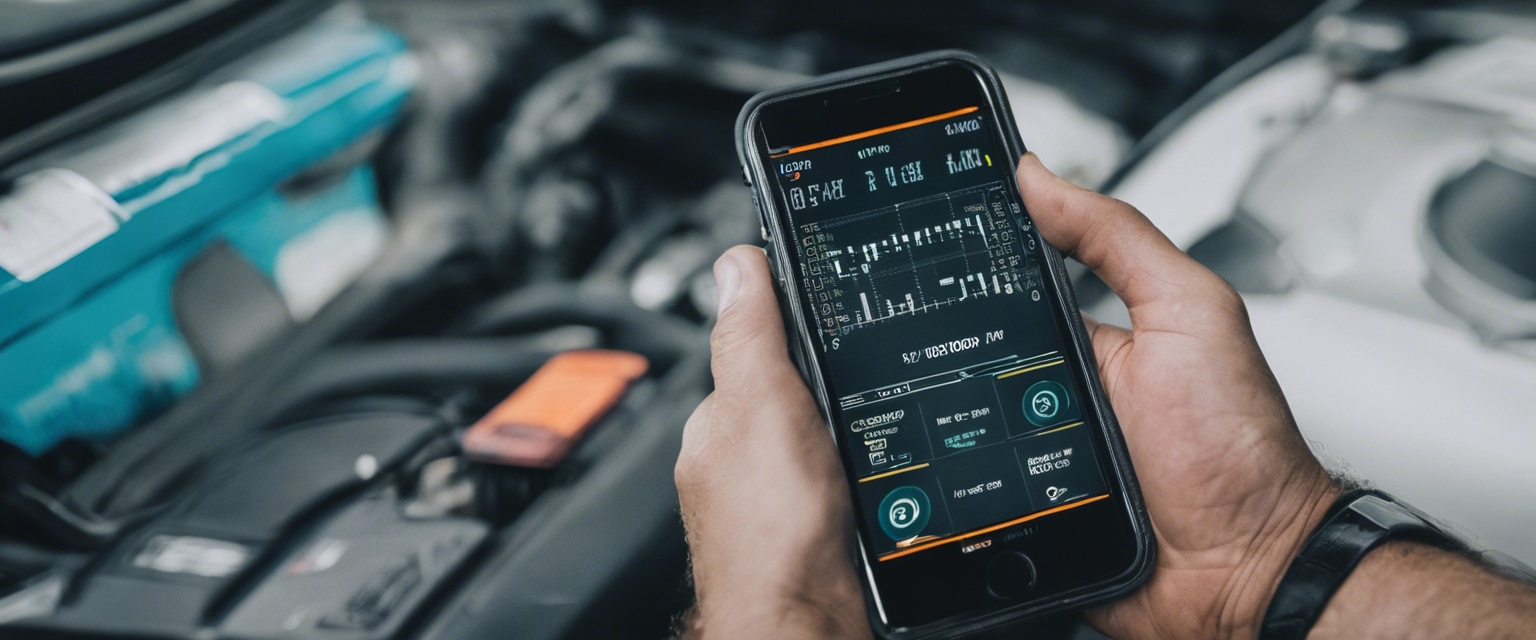Understanding vehicle error codes: a guide
Vehicle error codes, often referred to as diagnostic trouble codes (DTCs), are critical signals that your vehicle's onboard computer system uses to indicate that there is an issue with your vehicle. These codes are generated when the vehicle's sensors detect readings that are outside of the normal range, indicating potential malfunctions.
When a vehicle's sensor or system experiences a problem, the onboard computer logs a specific error code and, in most cases, triggers the 'Check Engine' light on the dashboard. This is the vehicle's way of telling you that it needs attention.
Understanding these error codes is crucial for vehicle owners and automotive resellers alike. It allows for early detection of potential issues, which can save time, money, and ensure the safety and reliability of the vehicle.
Types of Vehicle Error Codes
These codes are related to the engine and transmission systems and are among the most common. They can indicate issues ranging from a misfiring engine to transmission shifting problems.
Chassis codes are associated with functions such as braking, steering, and suspension systems. They are vital for ensuring the vehicle's handling and safety on the road.
Body codes relate to components like power seats, windows, and airbags. These are less about performance and more about comfort and safety features of the vehicle.
These codes signify issues within the vehicle's communication network, which can affect various systems and their ability to interact with each other.
Common Diagnostic Tools
On-Board Diagnostics II (OBD-II) scanners are the standard tool for reading error codes. They can provide a wealth of information about your vehicle's health.
Professional-grade tools offer more detailed diagnostics and are typically used by repair shops and dealerships.
These modern solutions pair with your smartphone to read and interpret error codes, offering a convenient and user-friendly approach to vehicle diagnostics.
Interpreting Error Codes
Error codes typically consist of a letter followed by four digits. The letter indicates the system related to the issue, while the numbers provide specific information about the problem.
For example, a code such as P0301 indicates a misfire in cylinder 1 of the engine. Interpreting these codes correctly is essential for accurate diagnostics and repair.
Aside from the generic codes, manufacturers may have their own specific codes that provide more detailed information about the vehicle's condition.
Steps to Diagnose and Address Error Codes
The first step is to use a diagnostic tool to read the error code. This gives you a starting point for further investigation.
Once you have the code, research and further testing may be necessary to pinpoint the exact issue. This could involve checking wiring, sensors, and other components.
After identifying the problem, the appropriate repair can be made. It's important to clear the error code and verify that the issue has been resolved.
Maintaining Your Vehicle to Prevent Error Codes
Regular maintenance is key to preventing error codes. This includes oil changes, checking fluid levels, and replacing filters.
Each vehicle has its own maintenance schedule and requirements. Familiarizing yourself with your vehicle's specific needs can help avoid future issues.






Comments (0)